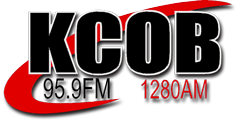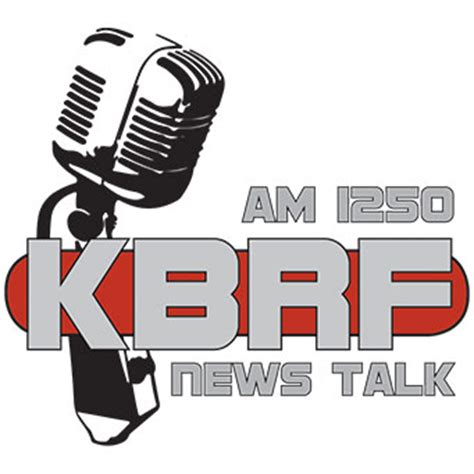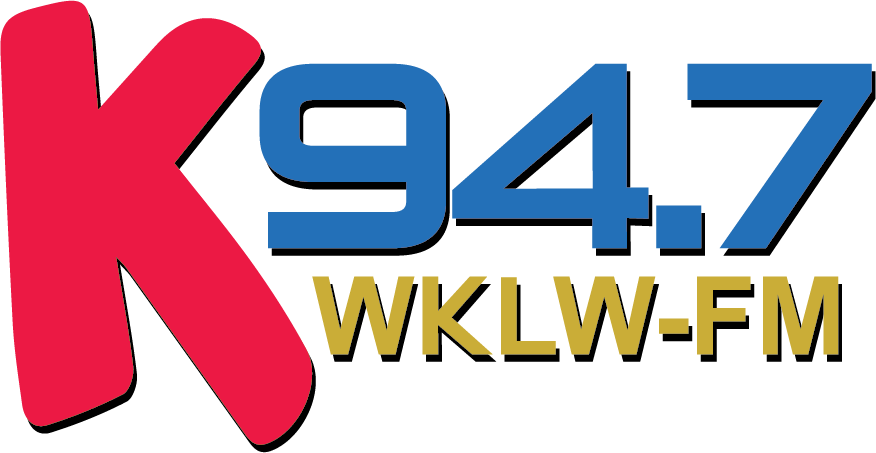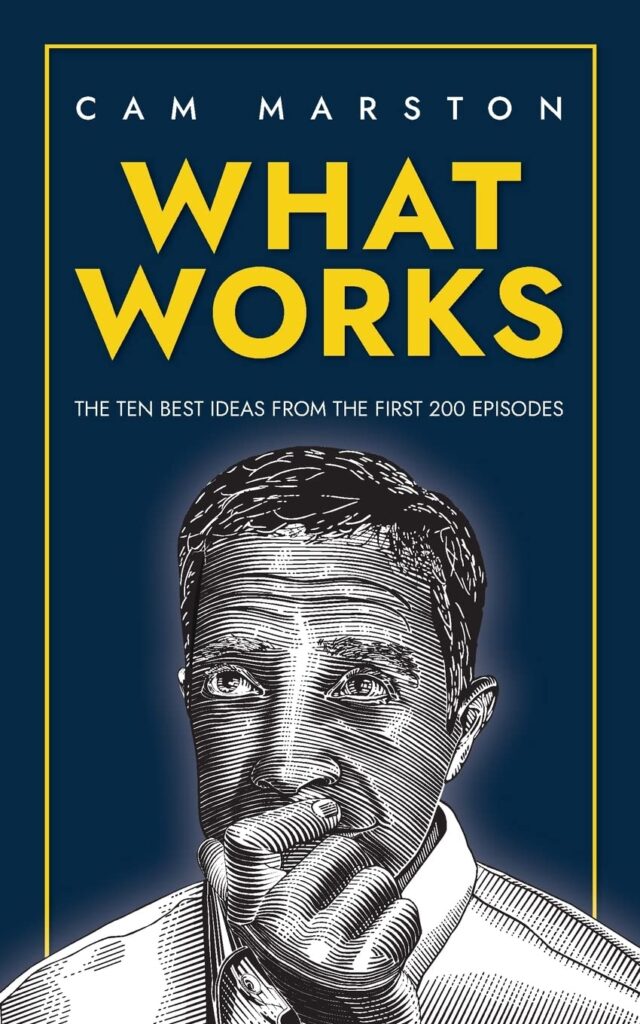Weekly Radio Show and Podcast
Identifying the trends shaping today’s workplace, workforce, and marketplace. Guests bring insight and lessons into the trends shaping their business, allowing listeners to learn, adapt, and get a little bit better at whatever it is they do.
What’s Working is currently broadcast 28 times weekly in 25 markets across the US, primarily in the southeast. The What’s Working with Cam Marston® 90-Second Business Tips are broadcasting 415+ times each weekday in 46 markets across the country. More stations join nearly every week.





































































